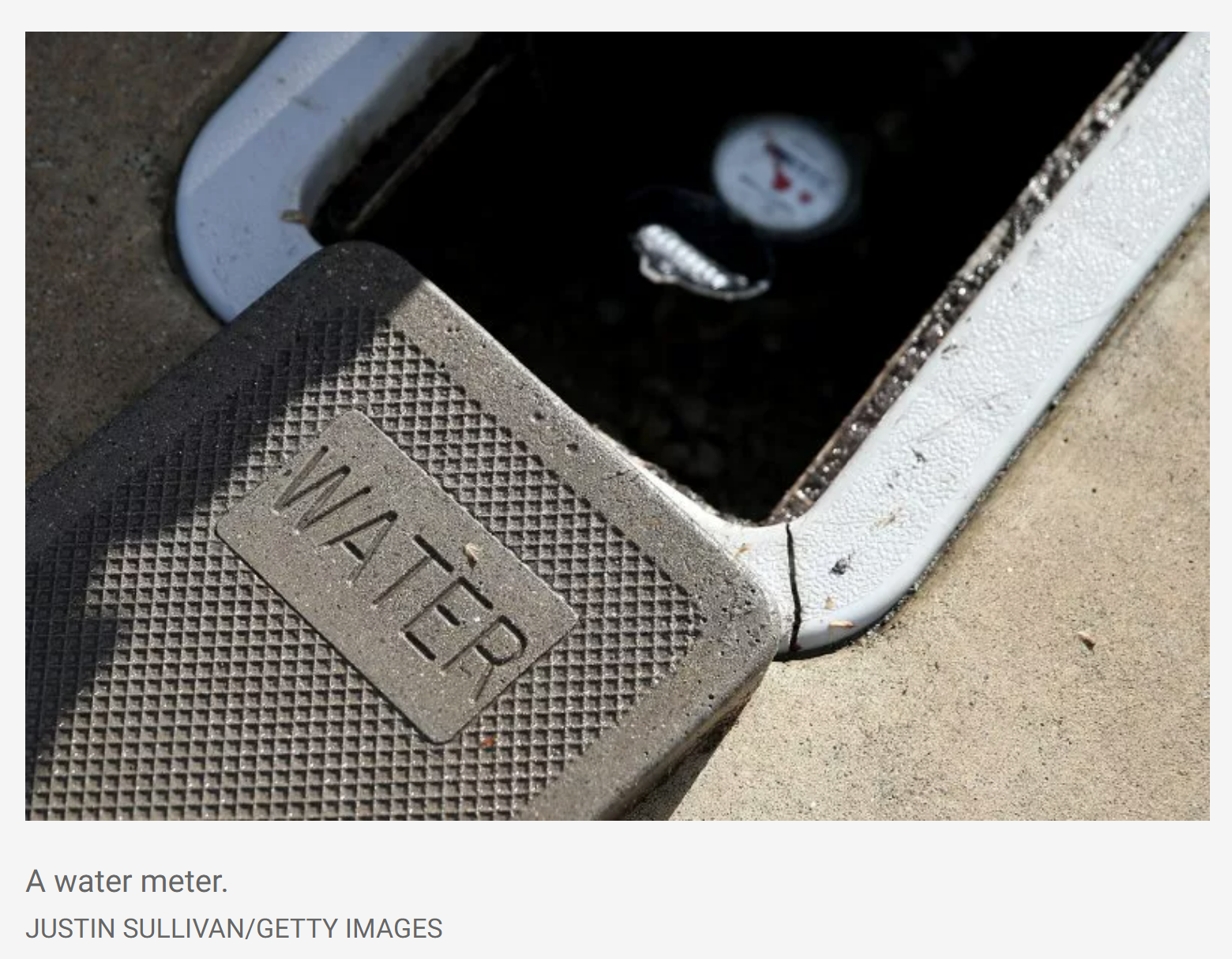Everything is more expensive these days—even tap water.
U.S. water utility prices have been rising faster than general inflation, driven in large part by a need to replace and update aging infrastructure. New regulations to remove "forever chemicals" from drinking water will surely drive costs even higher. Although these investments are needed, low-income households can struggle to afford this essential service. That concern propelled Congress to introduce the first federal Low Income Household Water Assistance Program (LIHWAP) in 2020. Administered by the U.S. Department of Health and Human Services (HHS), LIHWAP was an emergency measure to aid a nation reeling from COVID-19. The program is set to expire at the end of this year, and some in Congress are calling to make LIHWAP a permanent, ongoing program.
Before making LIHWAP a permanent part of America's alphabet soup of anti-poverty programs, we ought to consider a simpler approach to water assistance: allowing participants in the Supplemental Nutritional Assistance Program (SNAP, formerly known as Food Stamps) to use SNAP benefits to pay for their water bills.

